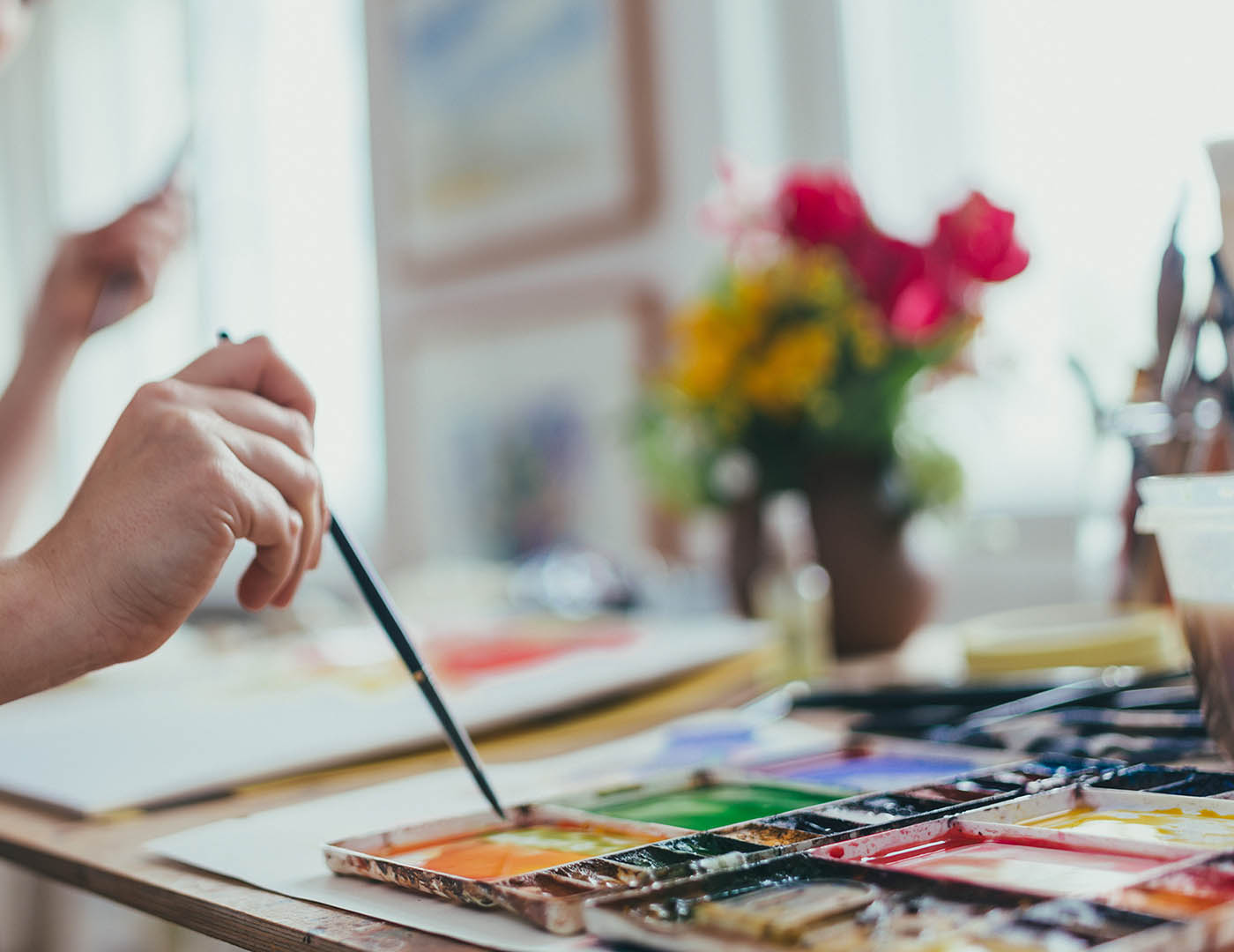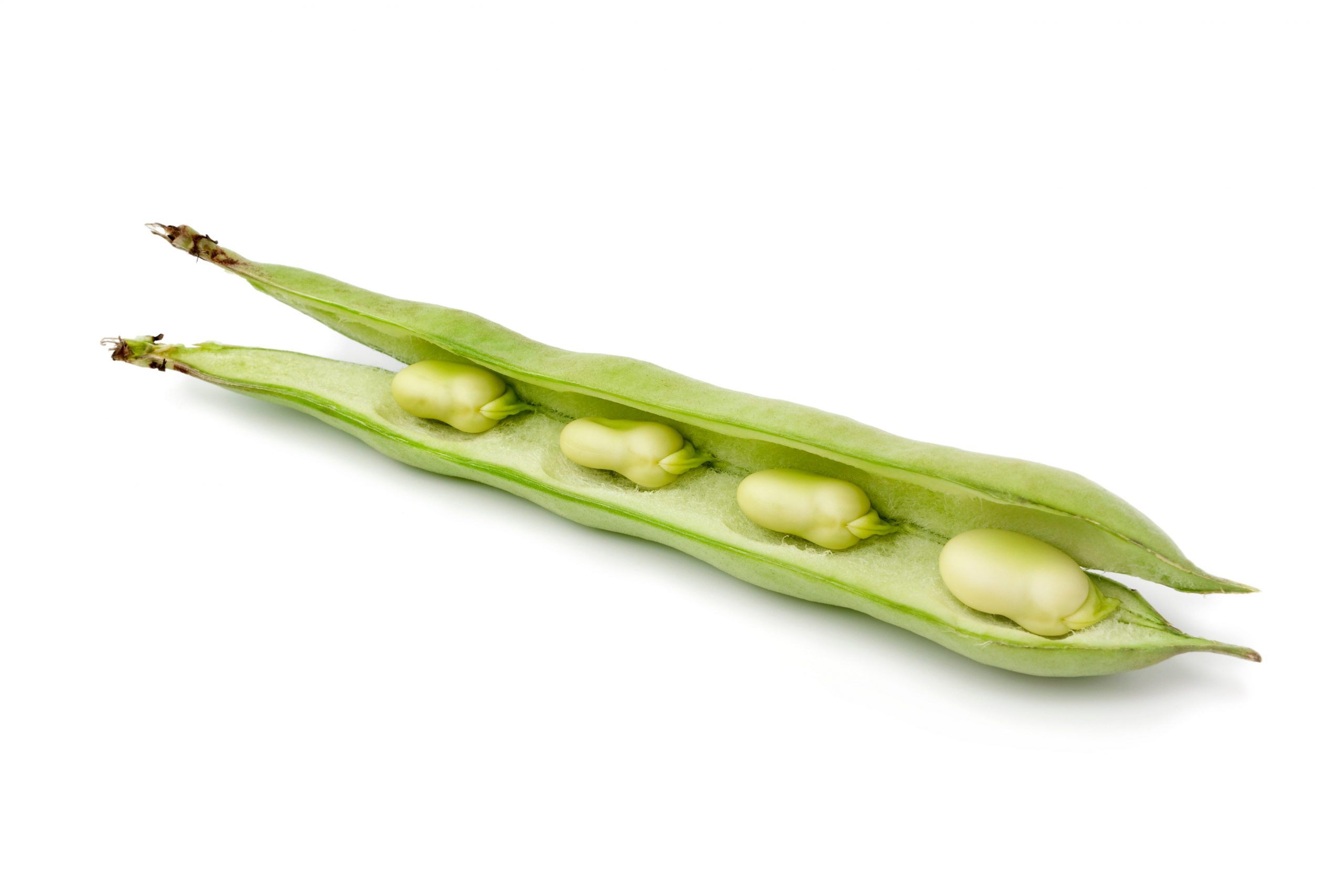The Botanical painters whose artworks are a celebration of nature's endless diversity
Expert gardener and gardening writer Steven Desmond shares three of his favourite botanical painters whose works have inspired him.

One of the lasting pleasures of horticulture is its endless diversity. Every day is different, so there is no chance of getting into a rut of repetition. It is impossible to know every plant and its ways, so you will always be learning. And then there are the many kindred arts and crafts, each of which catches our attention and, in some cases, holds it for life.
One of these side alleys for me has always been botanical painting. It’s not that I can do it, as I haven’t held a brush since I left school, but I immediately recognise the skill and powers of observation that go to make up a plant portrait. Those of us who were compelled as students to gather weed collections to dry and mount, carefully set out to show the whole thing from root to flower and seed, can readily admire the same thing represented in paint on paper.
As with all things, we are instinctively drawn to botanical paintings that we like and, soon, a list of favourite artists begins to form in the mind. It is as well this article has to fit on one page, because the list gets longer all the time, but let me tell you a little about three modern painters who immediately spring to mind. I’m sure there will be many gardeners reading this who will respond with heroes of their own.
My first is Raymond Booth, the archetype of the private man whose greatness was expressed through his work. He was brought up in Leeds in a back-to-back, which is to say a house with a yard neither to front nor rear, but then moved to a bungalow in Alwoodley in the prosperous north of the city. Here he was close to Adel, fringed with woods and farmland, and this was his natural habitat.
Booth painted all living things with equal facility, sometimes sleeping out of doors to capture the moment, but his garden-flower illustrations are among the best of his work. Irises, orchids in a pot, sprigs of winter jasmine all have the perfect freshness typical of the best botanical painters, yet, as always, these specimens were constantly changing before his very eyes. The race to capture them in that freshness seems impossible as oil paint was gradually committed to paper, yet the evidence is there for us all to see.
My second is Eliot Hodgkin, a man from a more comfortable background, whose paintings were fashionable in the 1950s and gradually faded from the public gaze until their recent very welcome revival. Hodgkin worked in tempera and was especially interested in the pictorial qualities of things everyone else ignored.
As Booth made a kitchen table covered in chopped onions and mushrooms a thing of memorable beauty, so Hodgkin made everyone stop, stare and murmur at his miraculously realistic images of quinces, radishes, quartered lemons and, yes, Brussels sprouts, a vegetable I otherwise can’t abide.
Sign up for the Country Life Newsletter
Exquisite houses, the beauty of Nature, and how to get the most from your life, straight to your inbox.
I first saw Hodgkin’s work in his Twelve Months of the Year, painted in 1950–51, in which the various flowers, vegetables and fruits of each month are shown, beautifully organised on the page, in such radiant detail that I was instantly hooked. As with Booth, there have been recent exhibitions and books on both these artists and a skim through the appropriate internet sites will soon decide for you whether you share my enthusiasm.
My third is Sheila Mannes-Abbott. I went to one of the periodic RHS exhibitions of botanical paintings in Vincent Square early one spring and was thrilled by her painting, in watercolour, of bee orchids, a native species that for some reason has followed me round the country for the past 40-odd years. I bought a print of unnervingly accurate quality, and looked forward to more of the same.
It was not to be. Only two years after our meeting, Mannes-Abbott died of pancreatic cancer. When she was a young woman, Wilfrid Blunt, author of the standard work The Art of Botanical Illustration, told her ‘your plants are alive on the paper’, than which there could be no higher praise, and compared her work to that of Franz and Ferdinand Bauer, two of the greats from the golden age of the early 19th century.
Look these people up and see what you think. There really is no end to the pleasures of the garden, especially if we look a little beyond the fence.
Steven Desmond’s book Gardens of the Italian Lakes, with photography by Marianne Majerus, is published by Frances Lincoln
Horticultural aide-mémoire

Sow broad beans
The broad bean is a prince among vegetables, not least because of the lovely colour of the beans. Home-grown beans are far better than any you can buy. Sow them now, soil conditions permitting.
With your spade, carefully shovel out a flat-bottomed drill and set the soil aside. Sow the seeds individually, a few inches apart, on edge. Then replace the soil over them. Drive in 3ft posts at the corners of the rectangular seedbed and push in canes of the same height at intermediate stations. Make a double-row fence of cord around these to support the growing plants. SCD
-
 380 acres and 90 bedrooms on the £25m private island being sold by one of Britain's top music producers
380 acres and 90 bedrooms on the £25m private island being sold by one of Britain's top music producersStormzy, Rihanna and the Rolling Stones are just a part of the story at Osea Island, a dot on the map in the seas off Essex.
By Lotte Brundle
-
 'A delicious chance to step back in time and bask in the best of Britain': An insider's guide to The Season
'A delicious chance to step back in time and bask in the best of Britain': An insider's guide to The SeasonHere's how to navigate this summer's top events in style, from those who know best.
By Madeleine Silver